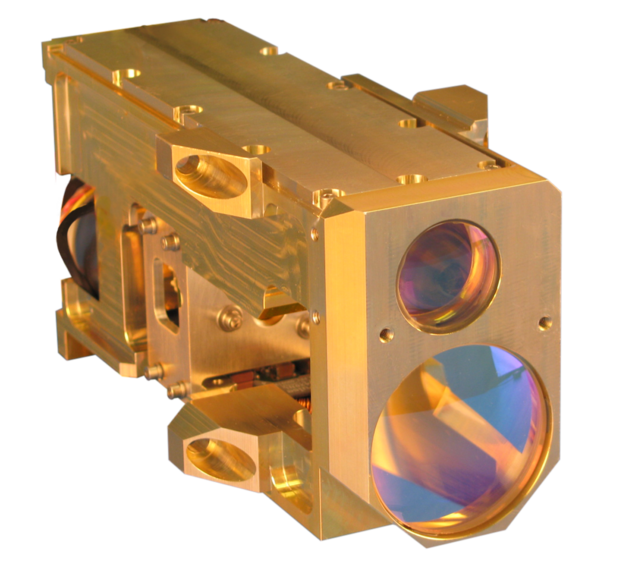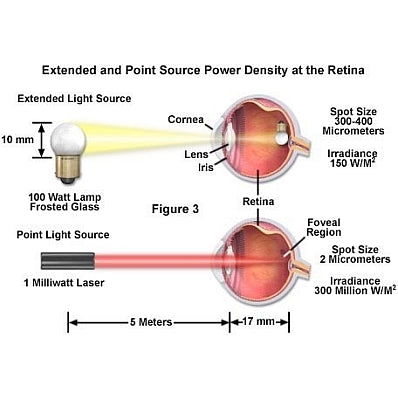Top Suggestions For Selecting A Safe Laser Device
Top Suggestions For Selecting A Safe Laser Device
Blog Article
What Are The Advantages Of Low-Level Laser Therapy For Injuries From Sports And Locomotor Pain?
Low-level laser therapy (LLLT) can help with locomotor pain and sports injuries through several mechanisms: Reduced Inflammation LLLT can reduce inflammation by reducing pro-inflammatory cytokines and stimulating the release of anti-inflammatory mediators. This reduction in pain and swelling could be explained by the reduction in inflammation.
Accelerated Tissue Regeneration LLLT stimulates cell growth and metabolism to speed up tissue regeneration. It boosts collagen synthesis, which is vital for the repair and regeneration of damaged tendons, ligaments, and muscles.
Pain Relief - LLLT reduces pain by reducing nerve conduction and by releasing pain-related mediators. Additionally, it increases the amount of endorphins produced which are the natural substances that ease pain.
Improved Blood circulation- LLLT improves the microcirculation via vasodilation. A greater flow of blood then pumped to the site of injury. Improved circulation of blood delivers nutrients and oxygen directly to tissues which speed up healing.
Muscle Relaxation – LLLT stimulates the release of nitric oxide, which leads to smooth muscle relaxation. This can be particularly beneficial to athletes suffering from muscle tightness and stiffness.
LLLT reduces the formation or scar tissue by encouraging tissue regeneration. Scar tissue can impede movements and cause chronic pain if not properly managed.
LLLT increases the range of motion and joint flexibility by decreasing the pain. It lets people quickly return to their regular activities and sports.
Safe Laser's low-level laser therapy is an effective, drug-free way to treat sports injuries and locomotor problems. It aids in faster recovery times as well as better performance outcomes. Check out the best safe laser 500 for website info including mozgásszervi betegségek kezelése, gyógyító lézer készülékek, lezeres kezeles, lágylézer kezelés, safe laser használata, lágylézer hatása, lágylézer készülék, lágylézeres készülék, lagy lezer, orr lézer készülék and more.
What Is Safe Laser Low Level Laser Therapy (Lllt) And How Can It Help Nose Issues?
Safe Laser low-level laser therapy (LLLT) can assist with different nose issues through a variety of methods: Reduction of InflammationThe LLLT treatment LLLT has anti-inflammatory properties, which can help reduce inflammation of the nasal passages. LLLT could help decrease inflammation in conditions such rhinitis which is an inflammation of the nasal mucosa sinusitis - an infection of the sinuses or allergic rhinitis.
Pain Relief - LLLT helps to relieve the pain caused by conditions such as sinusitis and nasal trauma.
The enhanced healing of tissues- LLLT can boost tissue repair and regeneration by enhancing cellular metabolic activity and proliferation. LLLT stimulates faster tissue repair and regeneration in nasal injuries or mucosal ulcers.
Improved blood circulation LLLT increases the microcirculation by vasodilation. The increased flow of blood is later directed to nasal tissues. Improved blood circulation - LLLT can improve blood circulation and provide oxygen to the tissues that are swollen and injured, which aids in healing and decreasing swelling.
Reduction of nasal congestion- LLLT can help reduce nasal obstruction by promoting vasodilation. It also assists in reduce nasal mucosal swelling. This can be especially beneficial to those suffering from conditions such as allergic rhinitis or chronic sinusitis, in which nasal congestion is an apex manifestation.
Treatment of Nasal Allergies Management of Nasal Allergies LLLT reduces inflammation of the sinuses and nasal passages. This can help alleviate symptoms of nasal allergies. By regulating immune function and reducing the release of histamine as well as other allergic mediators, LLLT can help provide relief from symptoms like itching, sneezing, and nasal congestion.
It is safe Laser low-level therapy can be a safe and non-invasive treatment for nose problems. It can help relieve nasal congestion, pain, and inflammation. Before using LLLT to treat nasal problems, you should consult with a qualified healthcare professional to determine the proper diagnosis and recommended treatment. Follow the most popular safe laser 1800 for more examples including laser kezelés, lezeres kezeles, lágylézer készülék bérlés, lagy lezer, safe laser készülék, lézer kezelés hatása, lágy lézer, mozgásszervi problémák, otthoni lézer kezelés, lágylézer készülék and more. 
How Long Does It Take For A Laser Device That Is Safe And Secure To Take Effect On Dental And Oral Conditions?
Safe Laser low level laser therapy (LLLT) used for treating oral and dental conditions is effective based on many factors, such as the type of condition being treated, its severity, the patient's oral health and the response to treatment. Typically, a number of LLLT treatments over a particular amount of time is needed to achieve the best results.
The Type and the Severity of your conditionThe type of oral or dental issue that you're treating could affect the number LLLT sessions you require. Based on the severity of the issue, LLLT may be required in different ways.
Individual Response to Treatment - Factors like oral health immune function, healing capacity may influence the way a patient responds to LLLT. Some people respond to treatment more quickly and experience a faster improvement of symptoms. Some individuals might require a longer-term treatment.
Treatment Protocol- The treatment plan recommended by a dentist professional will play a significant role in determining the number and frequency of LLLT sessions for dental and oral conditions. Healthcare professionals can create treatment plans to suit the specific needs of each patient, such as scheduling LLLT sessions at intervals or several times a week.
Chronic as opposed to. Acute Conditions - The distinction between chronic and acute conditions can also impact the amount of LLLT sessions required. Acute conditions, such as oral ulcers or post-operative pain, may need shorter sessions to achieve relief. Chronic ailments, such as TMJ problems or periodontitis, may require longer treatment.
While some individuals will see improvements in their oral or dental conditions following just a few LLLT treatment sessions, others may need a more prolonged course of treatment to get optimal results. To maximize the therapeutic benefits of oral and dental issues it's essential to follow the prescribed treatment schedule and attend every scheduled LLLT treatments. Additionally, ongoing examination of your oral health and communication with a dentist provider are important to ensure appropriate management and adjustments to the treatment plan when necessary.